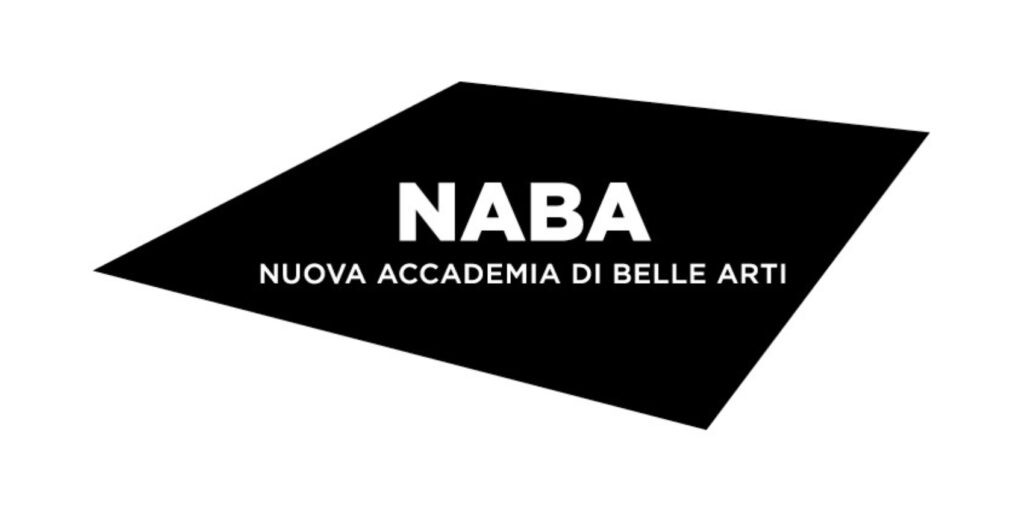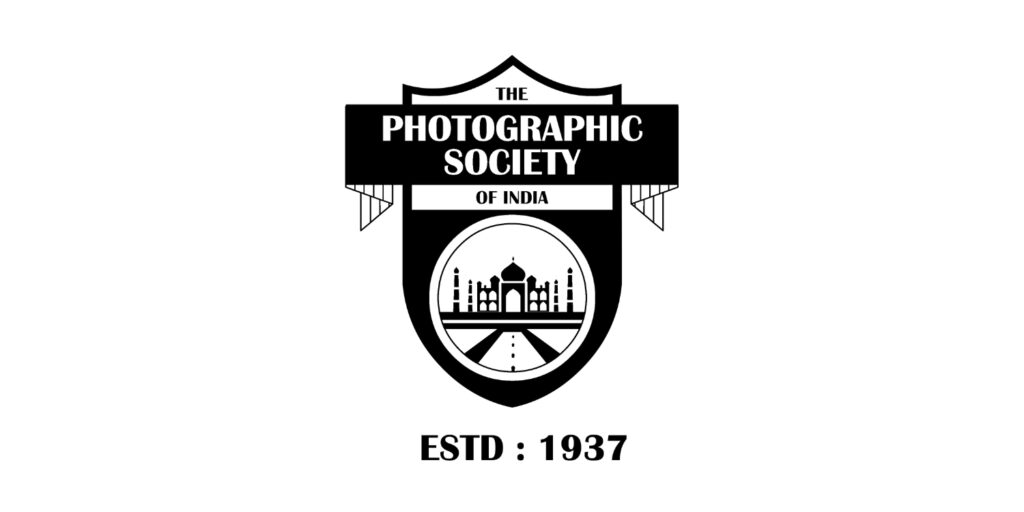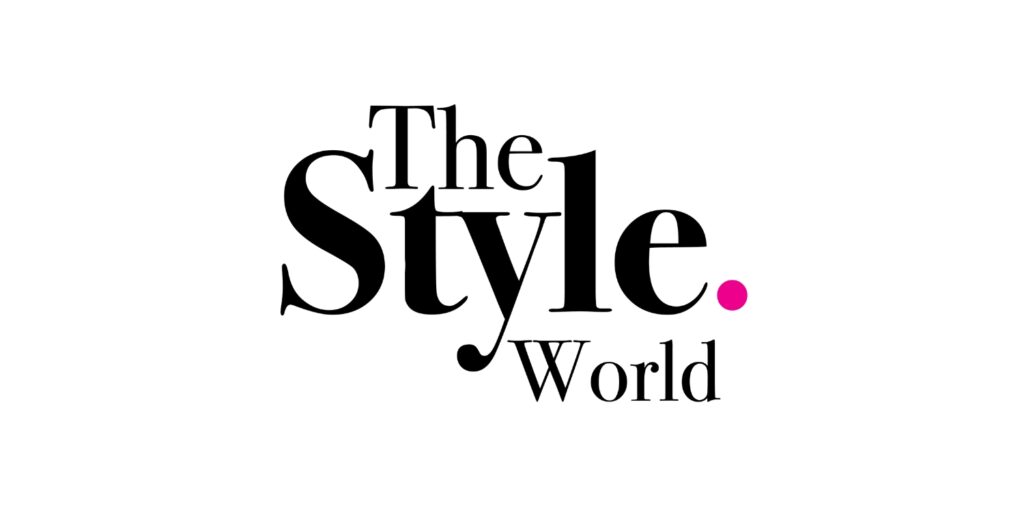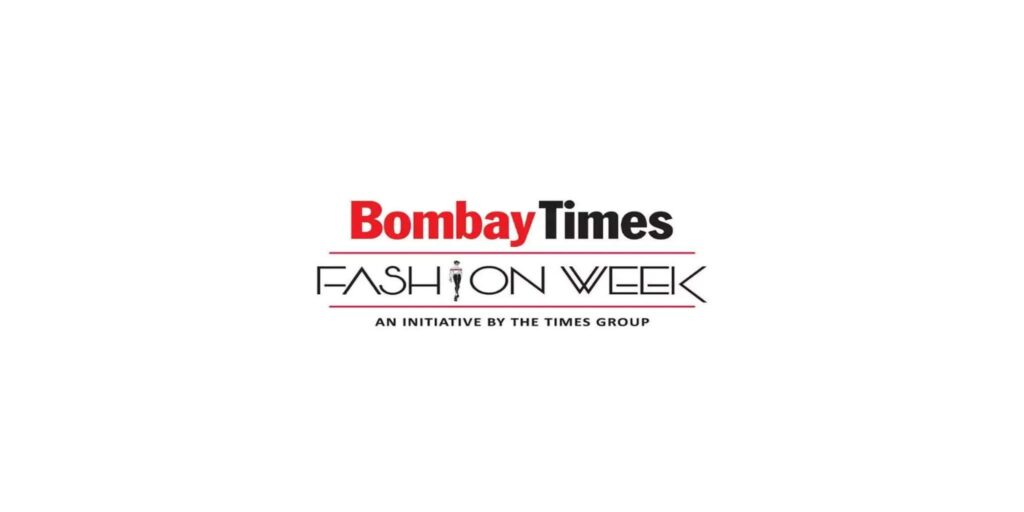Fashion Illustration: A beginner’s guide
Jd Institute
- June 7, 2022
- 5 min read
- JD Connect
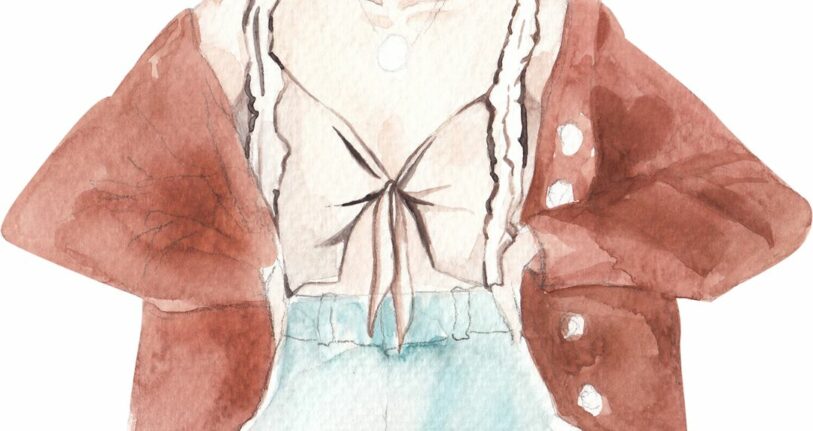

To start one’s journey to carve out a career in fashion illustration, one must have a hand for sketching or drawing, especially human figures, faces, clothing, and accessories. However, what is a given is to have a good measure of ‘fashion sense’. With a creative imagination, a sketch pad, and a pencil, one can get started with learning all about various body shapes and vital statistics and make them come alive with deft pencil strokes.

Trying out illustrations using watercolours, brush strokes and digital art are worth experimenting with to help discover one’s expertise in a certain medium or establish a signature style. Applying these various methods can help create a ‘near perfect’ illustration that fits a client’s brief given to the fashion designer.
Essential skills set for a Fashion Illustrator
The idea is to try and master techniques of using color, giving texture, and creating a variety of styles in fashion clothing and accessories. Here, one’s imagination is the only limitation.
Apart from the creative execution, listening skills and understanding a client’s needs are paramount. Success comes when the fashion illustrator is able to deliver the goods. Always endeavor to exceed client expectations.
Networking, good public relations and communication skills are an important factor that helps a business to grow and build up an impressive client base.
Last but not the least, being marketing savvy, and thinking out of the box to come up with an outstanding brand image, are essential skills for the Fashion Illustration, if not, then these services may be outsourced.
Getting Started
There are enough tutorials and more, in video format, as also books on drawing and sketching for beginner’s that guide you step by step on the basics on almost any subject. The focus here naturally is the human anatomy, proportions and finishes. Only practice makes perfect, and one must on a daily basis try sketching and drawing and be guided by the tutorials.
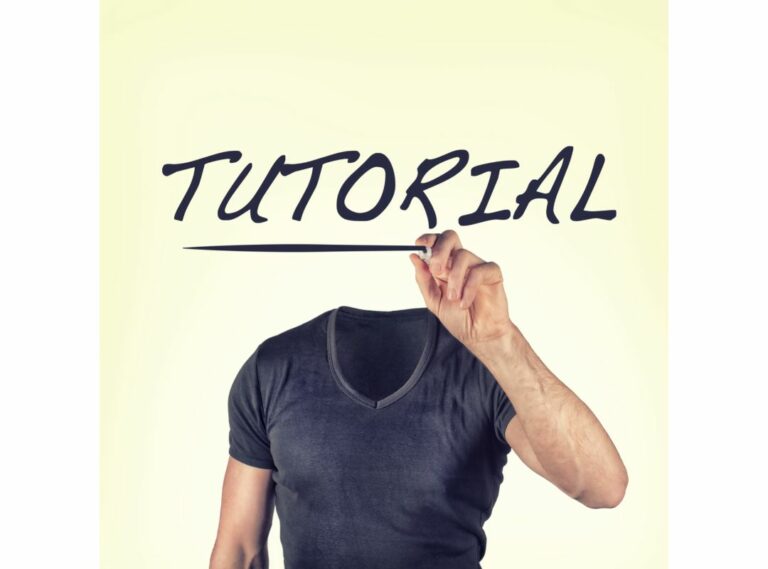
Keep a notebook or a sketch pad and a pencil handy. Whatever you can observe from a photograph or real life can be immediately transferred on to the pages in terms of line drawings or sketches of the human body in motion and in various poses.

Practice makes perfect, and so with the basics of body proportions understood, different body poses can be sketched for that perfect professional touch. These will bring the clothes to life and give movement to them. Working with curves and geometric shapes in place of body elements, within a grid, makes it easy to build up an image. Then one can gradually flesh out the framework to give it the form of an illustration of a model in fashion clothing.
Fashion Designing vs. Fashion Illustrating
Fashion designers primarily work on concepts and design clothing and accessories, they do at times sketch themselves or hire a fashion illustrator. Then they get into selecting fabrics, and working with manufacturers, and finally ship out to retailers, or their own branded outlets or go digital, with effective social media publicity.
Fashion illustration, focus solely on drawing, sketching, and creating the blueprint so to speak for the final product – clothing, and accessories. The Fashion Illustrator draws either for a designer, a magazine, or an independent client in the industry. Their expertise is a must for creating any clothing line, and these services may be treated as essential.

Giving shape and form to sketches
With the basic fashion illustration sketches firmed up of the various poses and body types, one can plan the clothing by drumming up some spectacular concepts. These are the more challenging moments of knowing what style will look best, but also the cloth type, or the fabric used, how they should fall, and the folds of the outfit. Choosing wool, silk or cotton will offer a different feel and fall of the clothing over a body type and the cut, patterns, and style would all need to go with that.
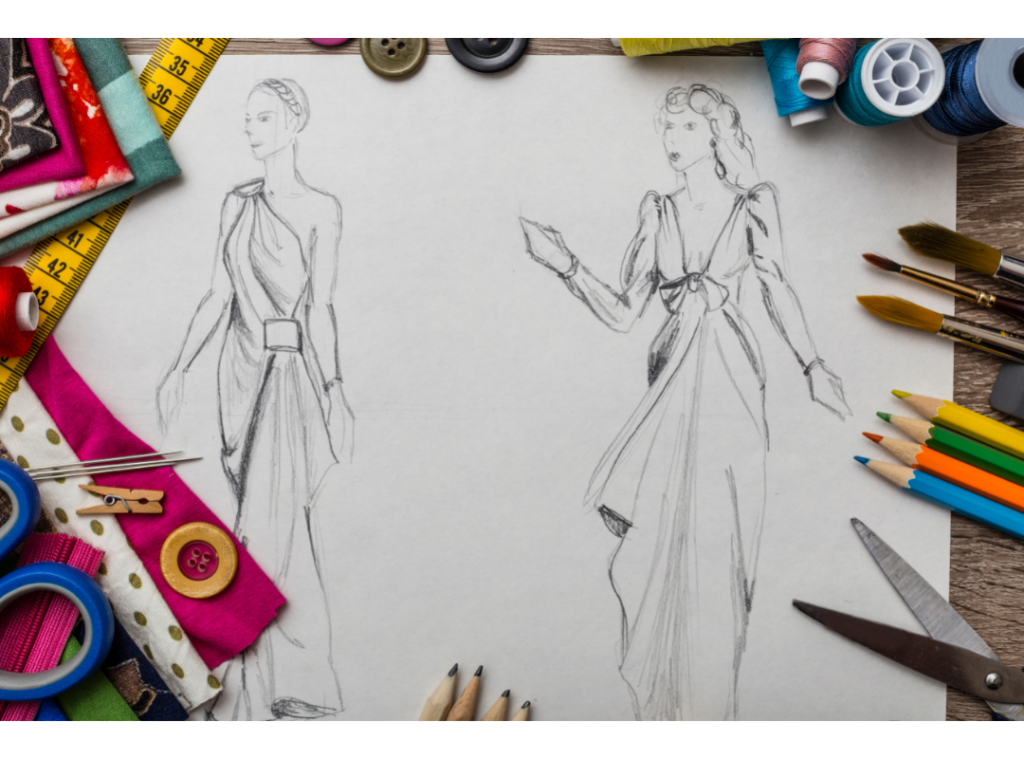
The more invigorating part of a Fashion Illustrator’s career is the exposure to newer trends and developing styles, dealing with new color palettes, designs, and textures. From there on, he/she produces innovative trends in a variety of mediums, from pencil sketches to watercolors, to digital art. Those who wish to follow their passion for fashion and their innate talent for the Fine Arts will find this career path the perfect confluence.
Conclusion
A well-developed portfolio showcasing a great variety of styles and innovation is a great way to establish one’s credential. Being an understudy to an established well-known name in the fashion world as a designer or an illustrator can be an enriching experience. What is important is to continue to practice illustrating in different ways, with a keen eye on the fashion trends, styles and techniques.
To Learn About Fashion Styling, Visit Our Next Article https://jdinstituteoffashiontechnology.com/what-is-fashion-styling-a-beginners-guide/
Resource and Image Credit:
Skillshare.com
Trendspotter.com



